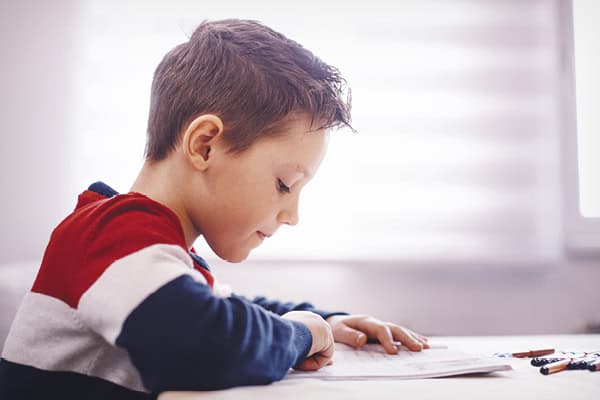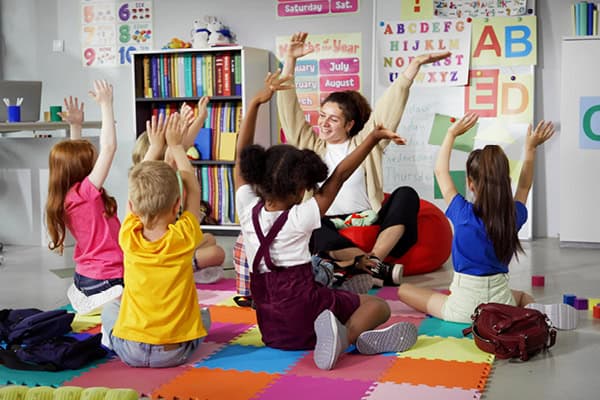At least 15 years ago it was a question of when – not if – teachers would flame out toward the end of the year, writes teacher Brian Johnsrud, Ph.D., in an Adobe blog post. With ideal conditions, some teachers could make it until April. Others showed signs of burnout by mid-year.
A survey of K-12 teachers produced expected results. More than half reported experiencing burnout. Sixty-six percent shared feelings of complete exhaustion. Classroom management, low student engagement and student mental health contributed to teachers’ deteriorating well-being.
One promising nugget jumped out of the data: teachers who practiced creativity or integrated creativity in the curricula reported lower levels of stress and mental fatigue for themselves and their students.
Ninety-five percent of educators said fostering creativity leads to better mental health and less stress for themselves and their students. Of respondents who used creative activities with students in the past year, 82 percent saw positive impacts on student well-being and engagement, leading to teachers’ increased feelings of satisfaction and less burnout.
“Creative learning allows for stronger relationships between student and teacher,” said a 5th-grade teacher. “This creates a more positive environment for both. It also gives me a break from direct instruction while the students are working, giving me time to appreciate their talents and creativity I might otherwise not see.”
“Being able to be creative and involved in creative activities with students gives me an opportunity to connect with them,” said a high school library and media specialist in the survey. “This makes me feel that I have made an impact on my school and students.”
Creative activities emanate from an almost endless well of ideas and projects:
- Create a multimedia biography for a historical character
- Adapt your name into an acrostic poem
- Make a poster sharing a memory from your perspective
- Design a poster to illustrate a figure of speech
- Design an infographic about a historical figure
- Create an infographic to visualize a geometry concept.
- Design a poster presenting your dream career
- Design a poster to share an important memory
- Design an infographic to illustrate a chemistry concept
- Create a web page to analyze bias on social media
- Design a magazine cover on note events or people
Research shows micro-activities of creative expression throughout the school year can have a significant impact. Think 10-minute creative prompts are the beginning of a department meeting. Or 15-minute creative challenges at the beginning of a class each Friday. Or 30-minute creative kick-starters at the beginning of a new unit.
Schools can help educators manage their mental health struggles, daily stress levels, and growing list of responsibilities by giving them an outlet to release their own creative expression. A school-wide culture of creative teaching should draw on the support and inspiration of other creative educators.






